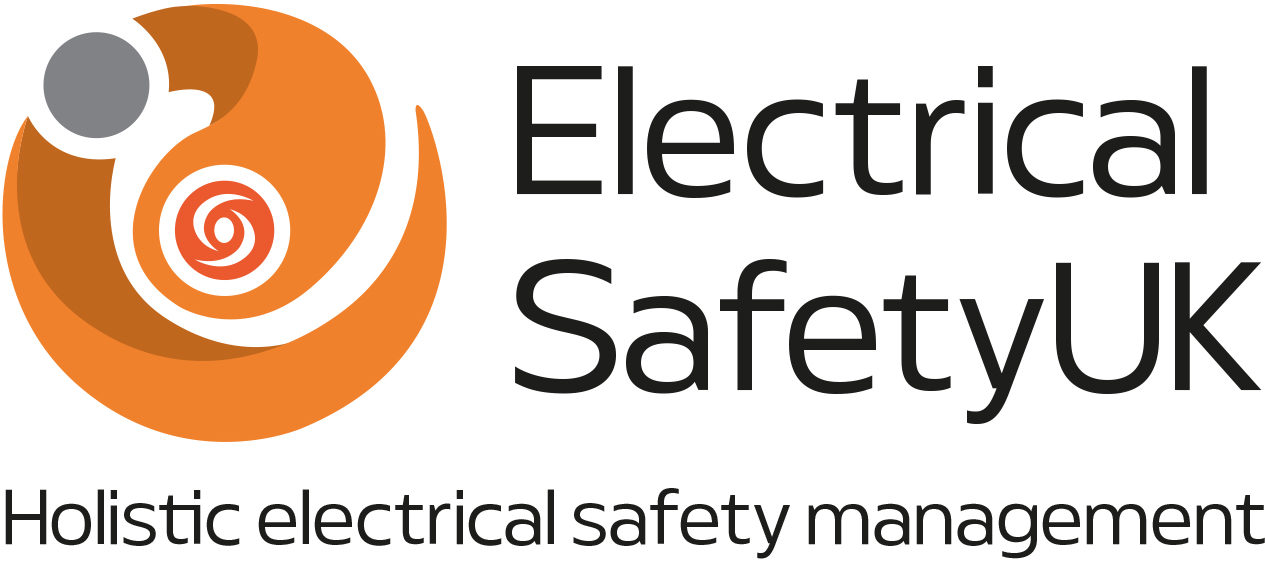
Claim your FREE Arc Flash
Pre-Assessment
It’s generally accepted that in the wider subject of electrical injury in the workplace, the likelihood of arc flash is minimal. However, should arc flash occur, damage to property and personnel tends to be far greater than with other electrical injuries in the workplace. There are a host of factors from the surrounding environment to equipment suitability and age that play a part in the likelihood of an arc flash event.
In many cases our clients often believe their arc flash risk is bigger at high voltage HV (above 1000Vac). However, in our experience of carrying out arc flash studies, we’ve found the risk is higher at low voltage. See our article by Paul Hopton, Principle Electrical Consultant at Electrical Safety UK for a full case study on this analysis.
All too often we find that electrical workers and even management do not fully understand the nature of the arc flash hazard and the seriousness of the injuries that can be sustained. Experienced personnel are frequently involved in these types of accidents. Competent electrical workers should be trained in the decision-making process necessary to determine the degree and extent of the hazard, and the PPE and job planning necessary to perform the task safely. Electrical Safety UK offer a range of services to assist in business wide understanding and training of relevant staff. However large or small your requirement for training and understanding, we can assist with a range of services including practical arc flash risk assessment and arc flash awareness.
The Electricity at Work Regulations 1989 provide legislative guidance to employers and places a legal obligation on them to ensure the safety of electrical devices in their workplace. Regulatory statements found within this legislation, and other related regulations, and their direct relation to the hazard of arc flash can be found below:
Regulation 2 Interpretation:
“injury” means death or personal injury from electric shock, electric burn, electrical explosion or arcing, or from fire or explosion initiated by electrical energy,….”
Relevance to the risk of Arc Flash: Arc flash type injuries are identified and included in the EaWR
Regulation 4 – Systems, work activities and protective equipment:
“Every work activity, including operation, use and maintenance of a system and work near a system, shall be carried out in such a manner as not to give rise, so far as is reasonably practicable, to danger.”
Relevance to the risk of Arc Flash: There is a requirement to work safely, in other words to prevent personnel experiencing the injuries identified in Regulation 2 above.
Regulation 16 – Persons to be competent to prevent danger and injury:
“No person shall be engaged in any work activity where technical knowledge or experience is necessary to prevent danger or, where appropriate, injury, unless he possesses such knowledge or experience, or is under such degree of supervision as may be appropriate having regard to the nature of the work.”
Relevance to the risk of Arc Flash: There is a requirement to ensure that personnel have sufficient knowledge and experience to prevent danger or injury, that includes knowledge and awareness of arc flash hazard and how to control the risks associated with it.
Regulation 3 of the Management of Health and Safety at Work Regulations
“…requires a suitable and sufficient assessment of risk to be undertaken and the regulations then go on to establish a hierarchy of control through Schedule 1.”
Relevance to the risk of Arc Flash: Arc flash is a known hazard and there is a requirement under these regulations to risk assess known hazards. That risk assessment, requires the consequence of the hazard to be assessed and the likelihood of the hazard being realised to be assessed. The consequence of the hazard cannot properly be assessed unless the severity of the hazard has been assessed. The severity of the hazard cannot be assessed until the incident energy has been determined. Current practice requires an arc flash study to be completed to determine incident energy levels on the equipment concerned.
Personal Protective Equipment Regulations 1992 – Regulation 6 Assessment of personal protective equipment:
“Before choosing any personal protective equipment which by virtue of regulation 4 he is required to ensure is provided, an employer or relevant self employed person shall ensure that an assessment is made to determine whether the personal protective equipment he intends to provide will be suitable.”
Relevance to the risk of Arc Flash: If you are considering providing your employees with arc flash PPE then you are required to determine if it is suitable. This assessment should include the potential severity of the arc flash hazard, which is determined by calculating the incident energy for the equipment concerned.
ESUK provides an unrivalled multi-faceted HOLISTIC APPROACH for the management of the arc flash hazard and risk reduction activities.
- Arc flash risk assessments Studies (UK & EMEA) and subsequent Electrical System Studies including Protection Coordination and Fault Level Analysis
- Recommendations for Risk Reduction and hazard mitigation activities including engineering and Personal Protective Equipment Recommendations
- Bespoke onsite Awareness and Practical Risk Assessment training
- Arc flash guidance, policies & written statements in line with global standards
- Incident investigations & analysis
Do you have a requirement to carry out an Arc Flash Risk Assessment / Study but not sure where to begin or how much to budget? ESUK’s Principal Electrical Consultant will attend your site Free of Charge to deliver an initial consultation meeting and Arc Flash Awareness Presentation to your nominated site personnel.
During this visit we will tour the facility, review any relevant documentation and conduct a Pre- Assessment Survey – a basic circuit count of the Electrical Distribution Network; in order for us to prepare an accurate fixed price proposal for an Arc Flash Study based on the qualifying assets on site. A report and proposal for next steps will be provided as evidence to present to the relevant persons within your organisation.
Why use Electrical Safety UK for your Arc Flash risk assessments?

ESUK provides an unrivalled HOLISTIC APPROACH for the management of the arc flash hazard

One Stop Shop Solutions

ESUK facilitates a Risk Reduction Workshop with Client’s Engineering and HSE.

Our Consultants identify and prioritise Risk Control Measures by attention to a sound targeted strategy to optimise cost/benefit considerations

Influencing the Global Electrical Safety Community

ESUK are at the forefront of electrical safety within the global community. Responsible for over 100 published papers and articles on Arc Flash.

Lead consultant for the DuPont European Arc Guide.

Presentations throughout Europe, Middle East and US IEEE Electrical Safety Workshop on the European Approach.

Jim Phillips (Associate Director, ESUK) is International Chairman of IEC TC 78 Live Working Group, Vice Chair of IEEE 1584 Working Group, Co-Chair & Author of First Draft IEEE 1584.1, Author of the book “Complete Guide to Performing Arc Flash Calculation Studies”.

Experience by clients

ESUK are the UK’s foremost exponent of Arc Flash Technology and carry out a wide range of power system studies across Europe, including short circuit, protection coordination and complex Arc Flash Studies. ESUK have contributed to a wide range of large blue-chip Clients and learnt from their expertise and process in industry sharing BEST PRACTICE.

Experience by market sector from 30 volts DC up to 400,000 volts AC

Power Stations

Pharmaceuticals

Food

Cement

Quarries

Power Transmission

Manufacturing

Steel

Healthcare

Water & Sewage

Chemicals

Aerospace

Printing

Electronics

Public Electrical Power Distribution

Experience by geography

Great Britain

Northern Ireland

Republic of Ireland

Germany

France

Spain

Turkey

Czech Republic

Romania

Saudi Arabia

Malta

Netherlands

Italy

Portugal

Belgium

Luxembourg

Hungary

Poland





